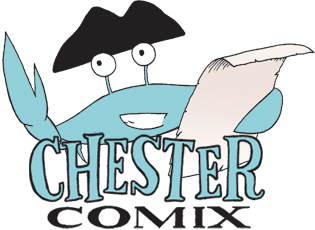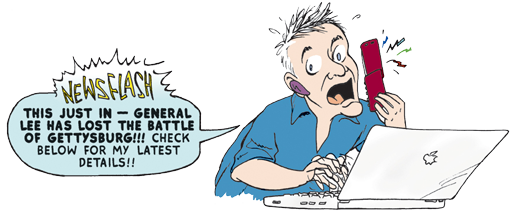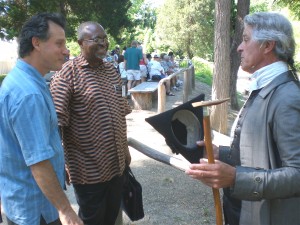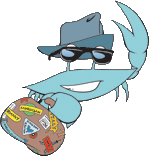

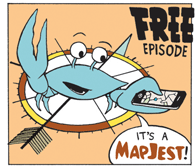

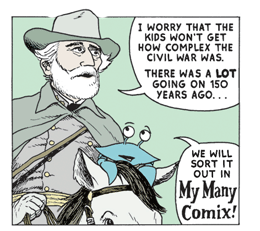

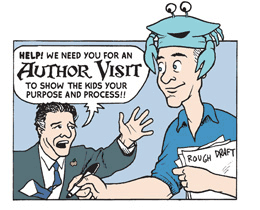

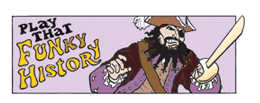

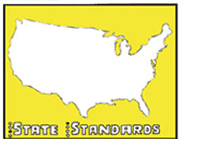


|
|

|
 |
||
 |
"Your presentation this morning was a revelation." Ann McCarthy, gifted teacher in Virginia |
|
|
|
||
Archive for June, 2008
History Density
Written on Saturday, June 28th, 2008 [permanent link]Last week I met the Rev. W.A.R. Goodwin, the man who thought Colonial Williamsburg could be brought alive with just a few million dollars.
Well, I didn’t meet Goodwin himself. I met Ed Way portraying this wonderful Virginian as if it was 1937 and the restoration of the Colonial capital was well under way. It was a treat to stand toe-to-toe with 20th Century History in a place that usually shuns it.
The only thing missing was the sweet tea. Way’s new program at Colonial Williamsburg has him greeting visitors and chatting under the shade trees on the crisp lawn behind Bassett Hall. The man with the seersucker suit and gentle Virginia accent quoted Scripture, told tall tales about Congressmen and condemned cars. “I used a horse-drawn conveyance as long as I could, but it’s not safe anymore, with cars going by you at 30 miles per hour!” Way said as Goodwin.“I never have liked motor cars. Big old expensive mischief machines is all they are.”
Goodwin came out of the Blue Ridge Mountains to Williamsburg in 1903 to be the rector at Bruton Parish Church. The 1715 structure needed a new roof and other repairs. Goodwin pushed the congregation to completely restore the church to its Colonial appearance in time for the 1907 celebration of the 300th anniversary of Jamestown. His ability to mix History, politics and fundraising made the Bruton project a success and convinced him the same could be done with other surviving Colonial buildings in the small, dusty Southern town. He approached several industrialists (Ford, the DuPonts, etc.) before he found a partner in billionaire John D. Rockefeller Jr. in the late 1920s.
“I didn’t push him hard,” Way says as Goodwin. “He teases me, saying to people, ‘Some people get taken for a ride; I got taken for a walk that’s cost me $68 million!’ But truly, I didn’t have to press him. I just talked about the idea with enthusiasm.”
The irony is that the foundation Goodwin helped create is right now putting up fencing to pasture animals on the land where Goodwin died. Goodwin’s last home was a mile across the Historic Area from where Way gives his presentation on Tuesdays and Thursdays; CW tore that home down in 1993 (I wrote the newspaper story about it) because Goodwin’s home was on the edge of the 18th Century area and didn’t fit the storyline they focus on.
I miss that kind of physical marker, but the History is still there. That downtown city block actually has an amazingly dense story. Goodwin’s home stood behind a 1715 home, which is one of the oldest in Williamsburg. Just over the fence from where the historic animals will soon graze sits the Armistead family cemetery; the Armisteads fought in the Civil War and have fought Colonial Williamsburg since it formed (their antebellum home on Duke of Gloucester street is the last non-Colonial holdout). A few feet away from that cemetery is Matthew Whaley Elementary, which Rockefeller built to butter up the town and where my two sons attended elementary grades; Whaley is 77 years old now and is ITSELF on the National Register of Historic Places!
And I haven’t even told you about how Georgia O’Keefe lived in this neighborhood as a little girl . . .
These ghosts are all still floating through this one city block, whether a living actor calls them to mind or not! It’s all in how closely you can listen to them . . .
Posted in Colonial Williamsburg | No Comments »
Angolan history comes to Williamsburg
Written on Thursday, June 5th, 2008 [permanent link]This week I met Souindoula Simao, director of Angola’s National Museum of Slavery! He is on a three-week tour of the United States to build partnerships with museums here and better tell the story of the African genocide during the trans-Atlantic slavery trade.
I interviewed him for a story in the Daily Press (www.dailypress.com), the paper that hosted Chester the Crab for 13 years. Mr. Souindoula was a true historian: well-spoken, curious — and, ummmm . . . lengthy! (I think I asked him three questions but his answers filled the 40-minute interview on the shaded porch of a Colonial Williamsburg home.)
I had a wonderful time learning new things from him about the cultural connections between his nation in southern Africa and our continent. Did you know there’s a coastal town in Delaware called Angola? The African nations took slaves in their wars, but the number of slaves taken really jumped when the Europeans started buying. Mr. Souindoula’s museum is in a Portuguese slave trader’s seaside home, where thousands of slaves were baptised before being crammed into ships for the Middle Passage to the Americas (a trip that killed many of them).
This was a great connection to make. You can see it in the photo I took of Mr. Souindoula, his Portuguese translator, and a Colonial Williamsburg interpreter portraying a newspaper publisher of Colonial times. Our Founding Fathers weren’t all white gentlemen who now appear on our money; it took men and women of all colors and backgrounds to build the nation we have today.
Posted in Colonial Williamsburg | No Comments »
